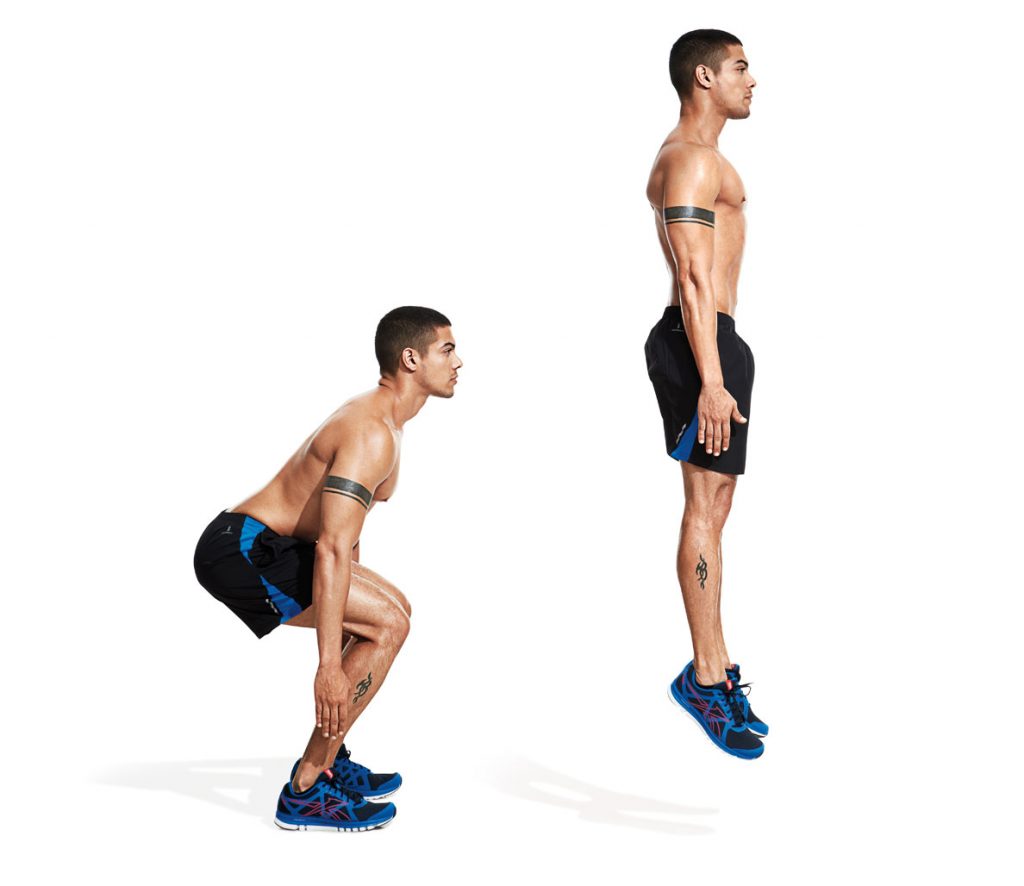Runners are injured when they exceed their tissue capacity (be it muscle, tendon, bone or cartilage) and tolerance. Elite runners have short contact time with the ground, high hip/knee drive, high cadence and a stiff running pattern. However, most runners, even competitive non-professionals don’t have the form of that calibre of athlete.
More often than not the running style consists of a longer stance time, little drive and lift, low cadence and a generally less economical style. You can often ‘hear’ a non-professional runner coming before you see them – not from the heavy breathing but from the landing of each stride.
That said, running in any form, be it recreational or competitive marathons and half marathons, is better for you than doing nothing regardless of your style.
Changes in training and form can result in improved performance, economy and importantly injury prevention.
Strength & Conditioning
When running, the ground reaction force is 2.5-3 x body weight, with some of the highest forces going through your calf muscles, which can be up to 8 x your body weight.
Strength training helps to improve your tolerance to load. You may have thought doing some light weights with high repetitions, which simulates endurance-type training would be best as running is an endurance sport.
However, you get all the endurance training you need from running on the road. Strength training causes specific changes in your muscles, tendons and bones which allow them to withstand high loads and forces.
For best results high weights with fewer repetitions works best. Also doing explosive jumping-type exercises is important to strengthen your legs and improve performance and prevent injury.
For best results high weights with fewer repetitions works best. Also doing explosive jumping-type exercises is important to strengthen your legs and improve performance and prevent injury.
Strength generates power which is essential for propulsion, and which may aid running speed. To get the best from your running, you should perform 1-2 strength training sessions per week, replacing run sessions if necessary.

It may be best, before you start, to get advice and prescribed exercises from a running coach, physical therapist or trainer.
Load Management
Your load is essentially how much you are training and stressing your body. Your load would be your runs, mileage per week, speed or hill sessions, time trials, gym sessions and races. Too much, too soon is an old saying, but it’s still very relevant here.
Managing how much you are doing and not progressing too quickly is essential in injury prevention.
You need to give adequate time between training sessions to allow for recovery and adaptation. Every time you train, especially if you have increased the mileage or added hills or intensity work, your body needs time to take it all in and process it.
For the first 24-48 hours it may be saying ‘phew that was hard’, ‘I’m a little tired and achy’, but after time it will be saying ‘that’s ok I managed and it was good’. If you then train again and your body responds in the same way or better, this is the result we’re looking for.
If you train too quickly again, without time for your body to accept the load, that’s when the trouble starts. The physical response will be prolonged pain and stiffness following sessions and potentially persistent pain that can manifest into an injury. Your body has a mind of its own, literally, and you need
to respect that. Knowing your body and listening to it is critical.
Plan your training sessions taking into account rest days and progressive gradual increases in load (be
it volume or intensity or strength sessions). You may not consider it but loading your body is not only about physical training. ‘Load’ also includes psychological and emotional stress, poor sleep, a physically demanding job, social sports, and travel for example.
Runners should try to plan training/races 3-6 months ahead, taking into consideration other commitments outside of running.
Should You Run When Injured?
The risk versus reward needs to be considered. If continuing to run will have long-term impact on the injury, you should stop for a short period of time. We know that no runner likes their health professional when they advise them to stop running.
In fact, in some cases it has actually been shown to be beneficial to keep a runner running even when injured. As long as pain levels are managed below 3/10 (on a pain scale of 0 being no pain and 10 being the worst pain).
Clearly the intensity and volume may be drastically reduced but the deconditioning from not training at all, can actually be more harmful in the long run. This needs to be discussed with your chosen health professional. You can always cross train during a period of injury recovery.
In the case of bone stress injuries and highly reactive tendinopathies, running will have to be stopped. Before returning to running you should be pain free on impact testing like jogging, jumping and hopping on the spot.
A 24 Hour Pattern
Use the 24 hour pattern to monitor a your body’s reaction to load. If pain does not settle within 24 hours, running volume should be reduced. Be aware that you may adopt a compensatory running style to avoid loading painful areas, which may lead to altered loading and injury in other areas.

One Size Does Not Fit All
Too often runners have a training plan from a friend or club, or downloaded off the internet and they are performing generic exercises found on social media. This is not ideal as no two runners are the same. Adjustments to training plans and specialised strength training programmes should be discussed with a suitably qualified trainer or health professional.
Foot Strike Pattern
Changing your foot strike pattern can shift load which can have a positive or negative impact on your body. Changes to foot strike pattern should be small and gradual, avoiding a big change, for example, changing from rearfoot to forefoot.
Be aware when changing the strike pattern in a runner who over-strides has little effect and may actually lead to further loading/injuries. The point here is, if you don’t or haven’t had major injuries, apply the motto ‘don’t fix what ain’t broke’ and stick with a running style that is comfortable to you.
If you have been advised to change your foot strike pattern consulting a professional trainer or running coach would be a good idea.
Over-Striding
The easiest way to reduce load is to reduce over-striding – essentially the length of each stride. This can be achieved by running with a metronome to increase cadence (the number of steps you take per minute). Increase the cadence by 5% for a short period of time and assess for any changes.
Research has suggested that optimal step rate for runners is around 3-8% higher than what they self-select. However increasing cadence does not always lead to a reduction in load. If you already have a high step rate of 175-180 then increasing this further will have a limited impact on reducing load.
Plyometrics

Runners may benefit from exposure to small volumes of high load activity such as plyometrics to improve the ability to produce propulsion and absorb load. Tendons for example work like springs, as you load them they compress and store the energy like a squeezed spring, then they release the energy as they spring back, hence the propulsion.
Think ‘spring’ when wondering what plyometric exercises are. They mostly involve jumping, hopping and bounding.
Psychological Factors
Psychological factors, as mentioned, are another form of ‘load’ to consider. Psychological factors such as lack of sleep or stress at work can delay healing or recovery by up to 60%.
In Conclusion
Too often when you are injured you focus with a magnifying glass on that specific area, or condition. Your rehabilitation concentrates on that joint or muscle. However, it is important to consider some of the points above, to aid in recovery and prevent subsequent injury.
Runners (young and old, new and experienced) quite often have underlying weaknesses or past injuries (even unrelated to running) which could benefit greatly from a targeted strengthening programme, potentially keeping an injury at bay.
If you are new to running start slowly and listen to your body. Any time you experience persistent pain with every run, particularly if that is increasing, you should seek advice and assessment from a physiotherapist or other qualified health professional.

